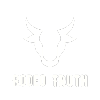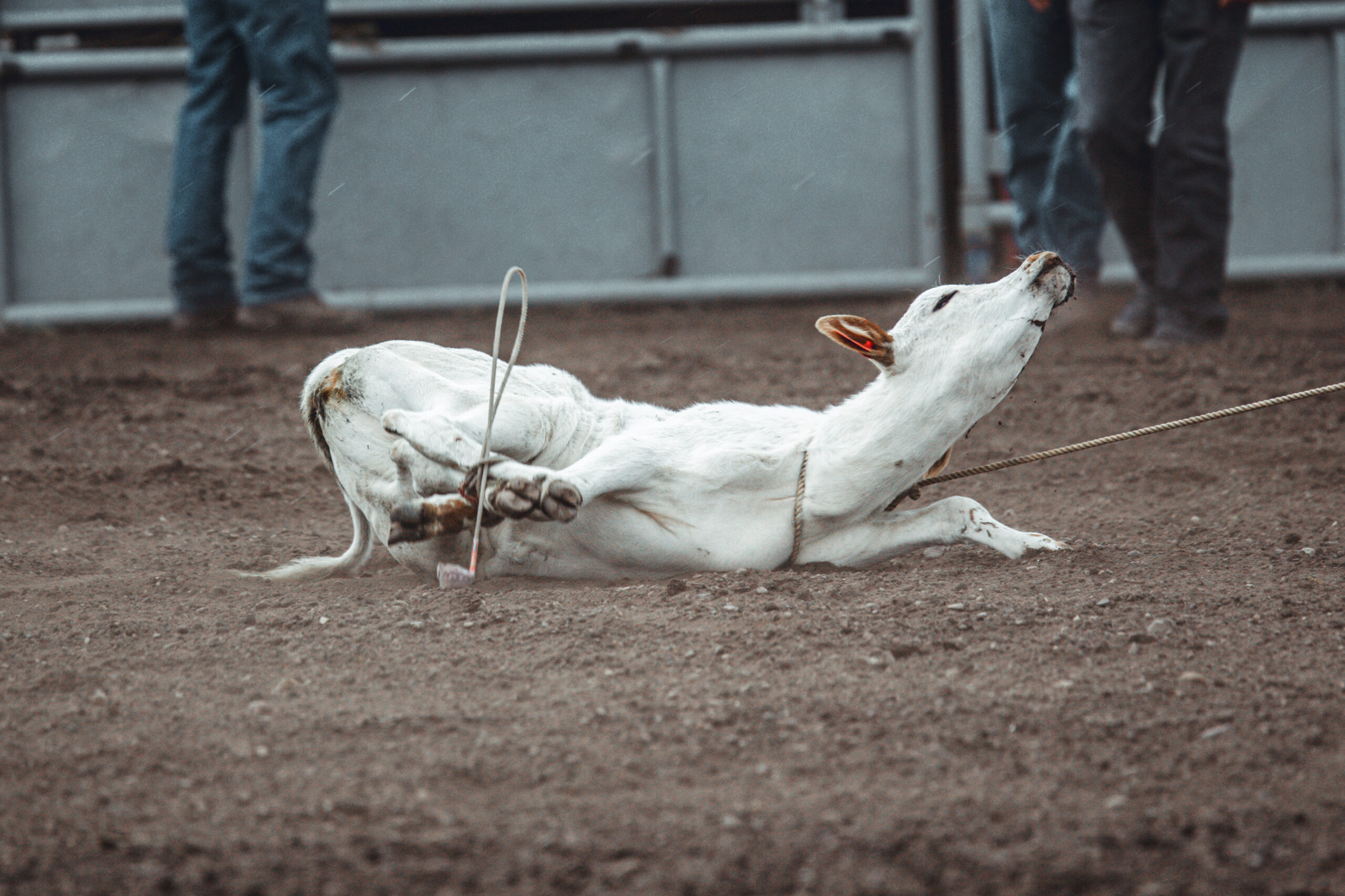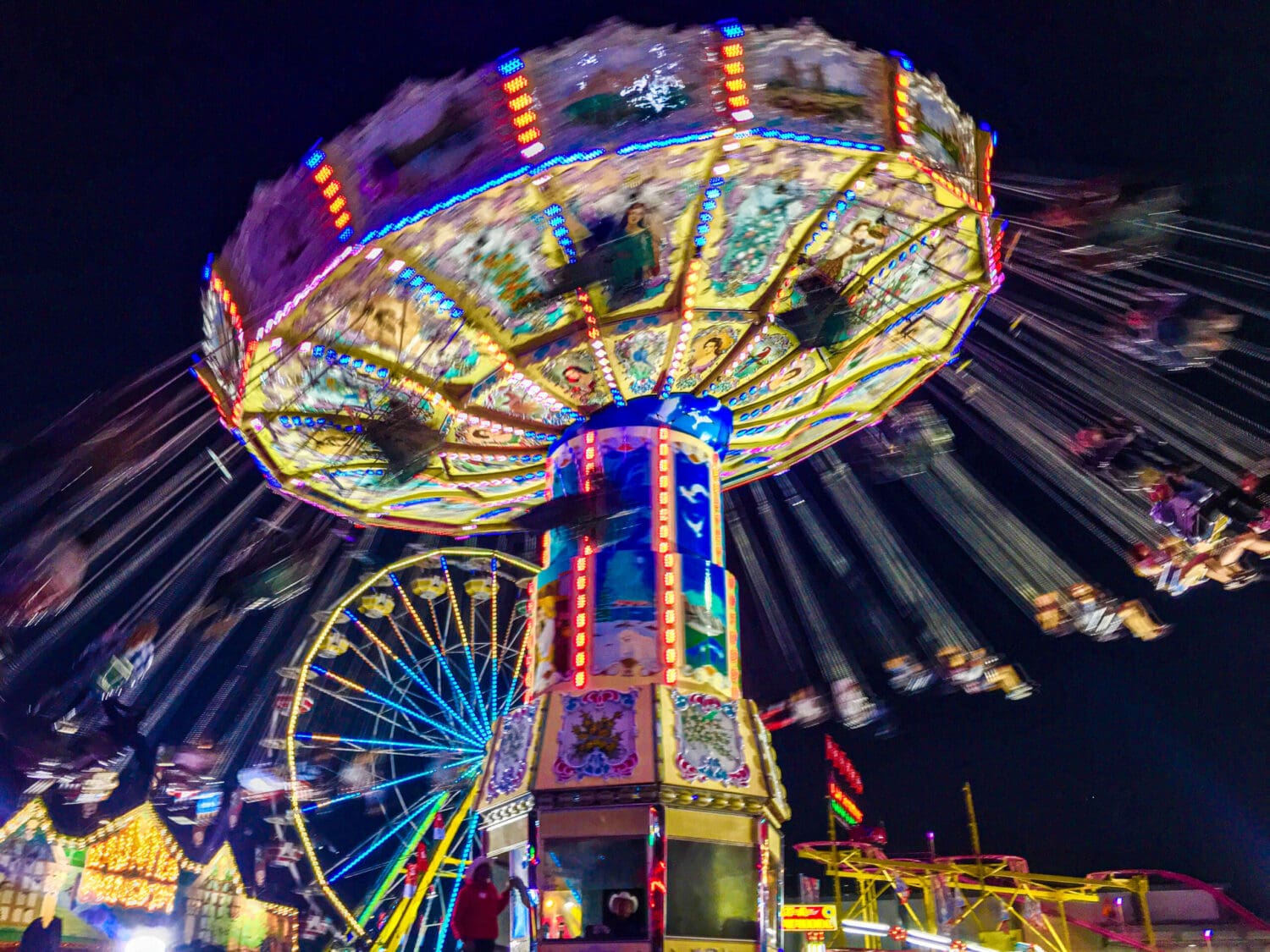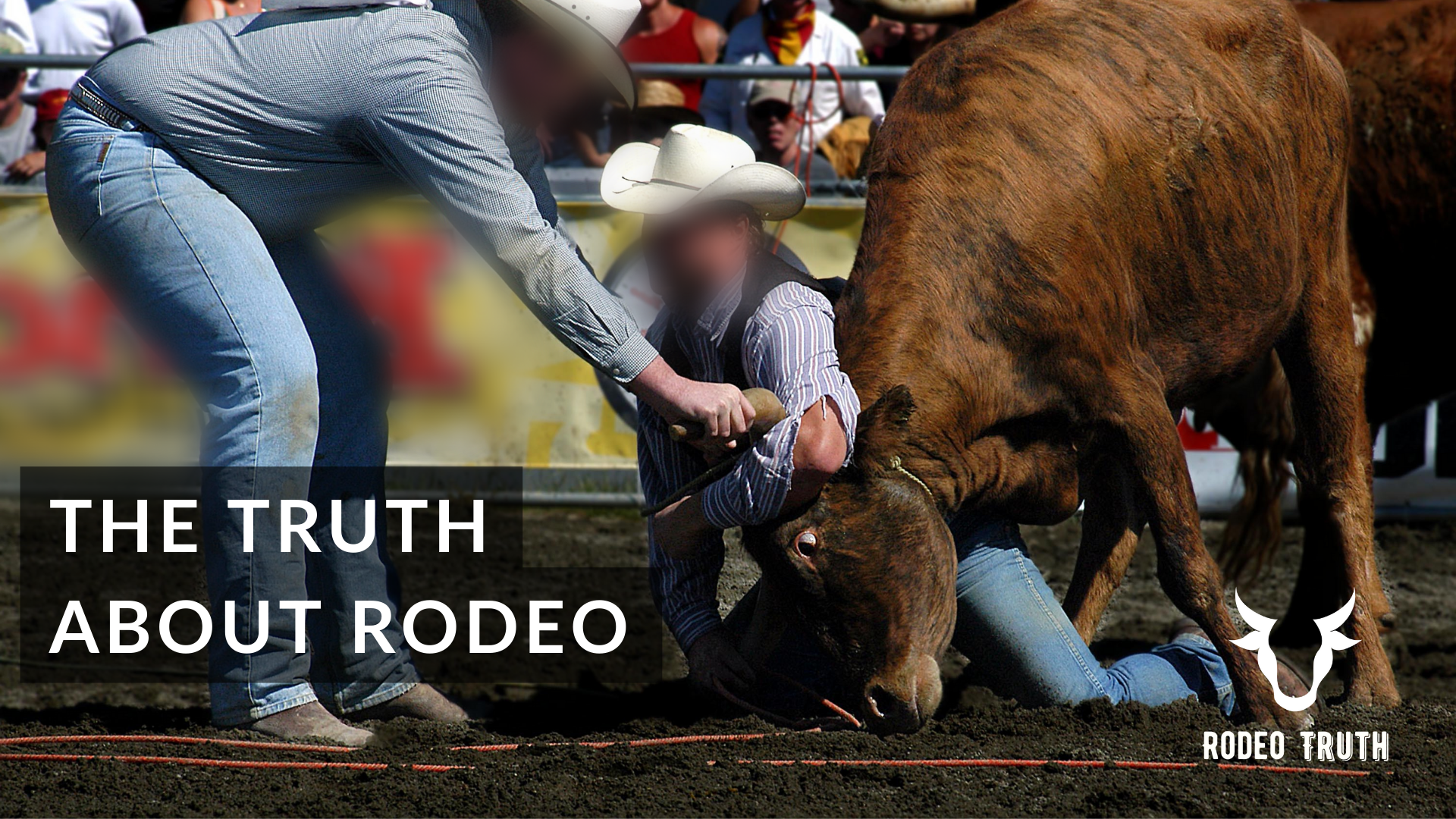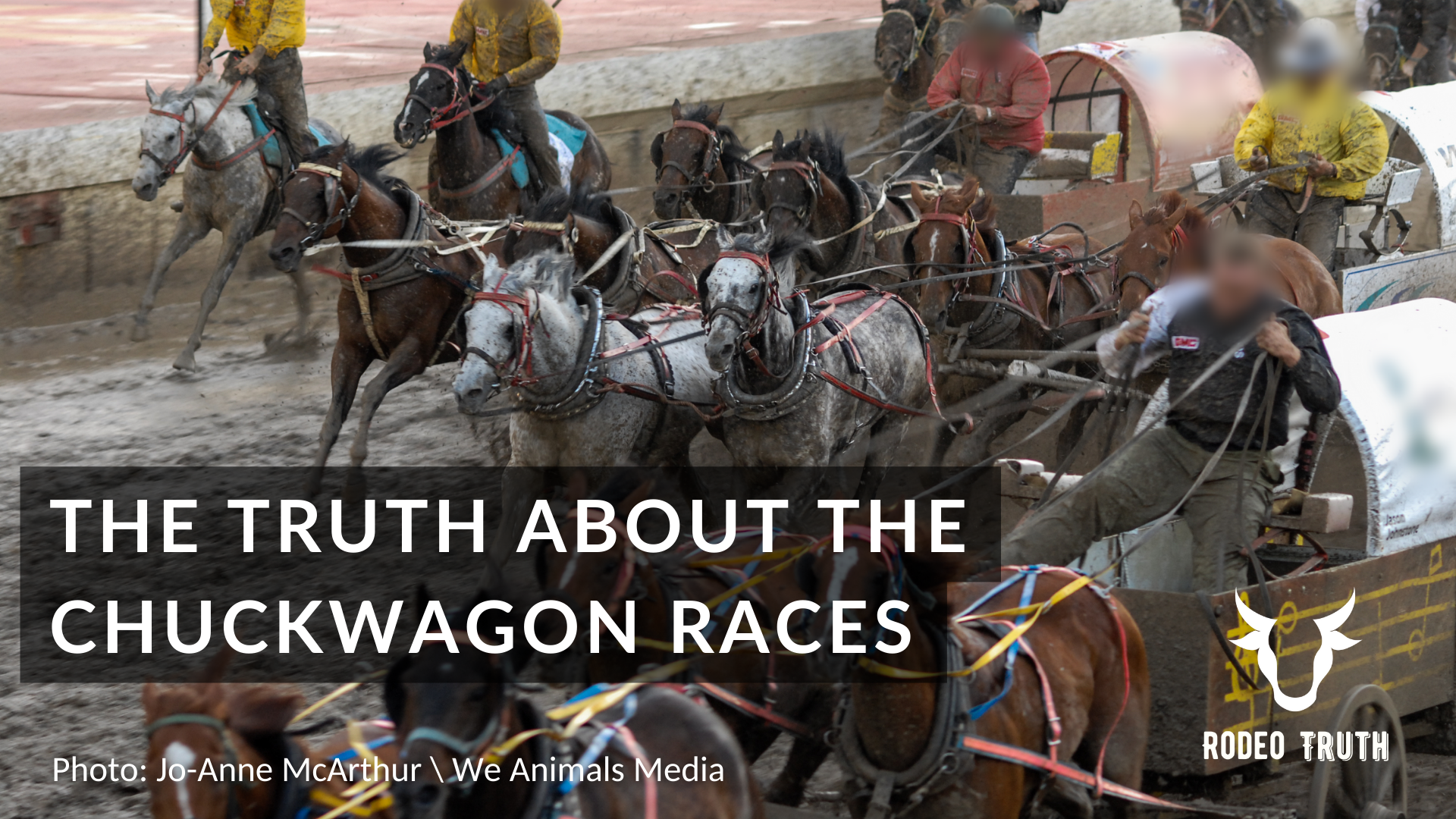Featured posts
Rodeo Realities
Photo: Jo-Anne McArthur \ We Animals Media
Click the arrows below for details on each rodeo reality.
Injuries may not be identified immediately after the event, as inflammation and muscle damage can take up to 48 hours after the injury to present.
The true death toll is realistically much higher, given the number of animals practiced on and injured behind the scenes, as well as those who don’t make the cut to be used in rodeo events. In 2012, a Stampede veterinarian told media that some horses who don’t make the cut for the Stampede are sent to the Fort McLeod slaughterhouse, where they are killed for meat.
For example, Canada’s “National Farm Animal Care Council’s practices for the handling of cattle on farms” require that quiet handling techniques must be used and that abusive handling is unacceptable.
Animals used in rodeo events have evolved as prey animals, and roping, wrestling and bucking events take advantage of their “fight, flight or freeze” response. Signs of stress commonly seen in animals used in rodeos include: widening of the eyes to expose more of the white of the eye; urination and defecation; excessive drooling; and extended tongues. Watch the video below to learn more.
Meet the Animals
Cattle
Cattle are intelligent, sensitive and social animals. They seek companionship with others, enjoy play and form strong bonds. As a prey species, cattle are highly sensitive to touch, sound and social isolation from their herd. They are inherently cautious of new environments and smells, as well as loud noises and sudden movements.
Horses
Horses are highly social animals who form unique, complex relationships with herd members. They are also quick learners and are sensitive to human behaviour and handling.
Meet some of the horses who were rescued from auctions, where unwanted horses are sent and sold to the highest bidder. While some may be bought for riding or companionship, others are less fortunate and are purchased by horsemeat buyers, destined for slaughter.
These particular horses were taken in by Second Chance Cheekye Ranch in Squamish, B.C., which rehomes or houses rescued horses. At least 8 of the horses SCCR has taken in, plus a bonus foal, have come from a rodeo background. Virtually all horses that go through the auction process arrive at SCCR with a greater or lesser degree of trauma, and the rodeo horses are no exception. Two of the eight rescued rodeo horses continue to struggle with anxiety issues.
Meet Zeek
Zeek is one of three former chuckwagon horses who were taken in by Second Chance Cheekye Ranch after being rescued from auction. He arrived at 20 years old and had likely been racing for many years – until he just couldn’t any more and was sent to auction. He was adopted in 2022 and now lives a happy life with his new forever family. Not all former chuckwagon horses are so fortunate.
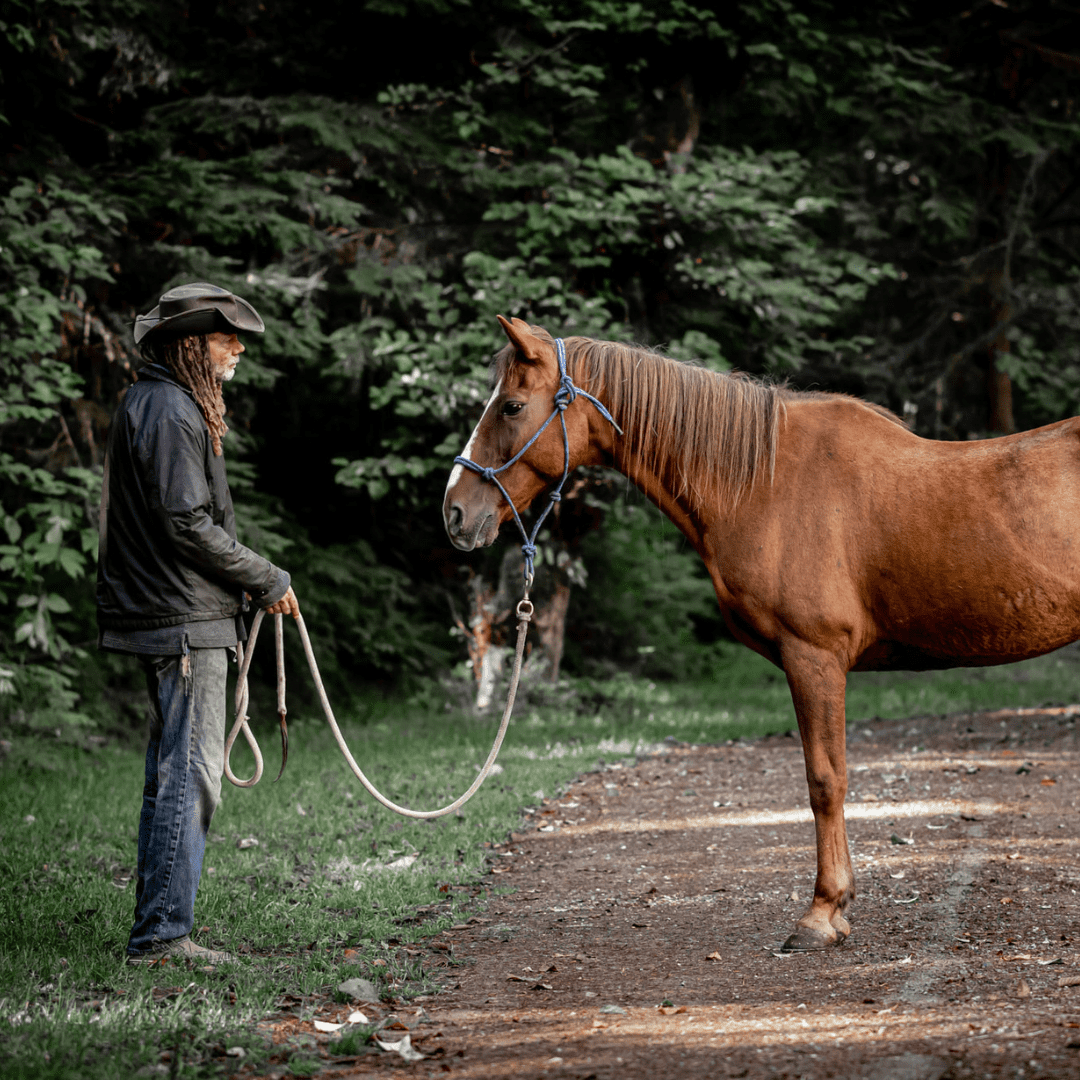
Meet Burt & Ernie
Burt and Ernie are former chuckwagon horses who came in together. It is unknown why these horses ended up at auction as they are relatively young at around 10 years. Burt found his forever home in 2022, while Ernie still struggles with behavioural issues and currently remains at SCCR.
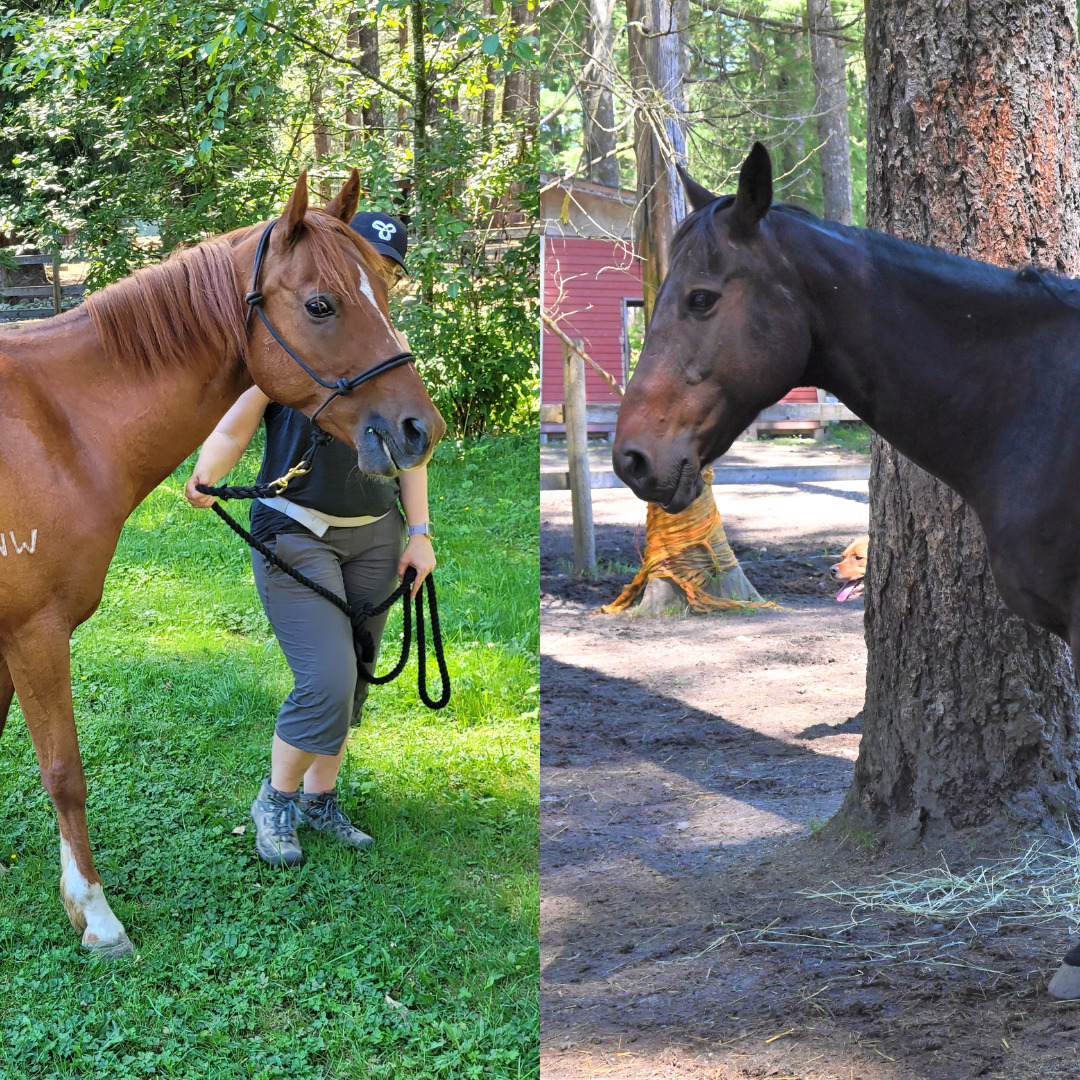
Meet Cayley & Cash
In late 2021, Cayley was one of four horses taken in together by SCCR. They were apparently bred as bucking horses in the USA, but ended up in an auction in Alberta. Thankfully, SCCR was able to rescue them and give them a better life. Cayley turned out to be pregnant—it appears little attempt is made to prevent pregnancy during the auction process.
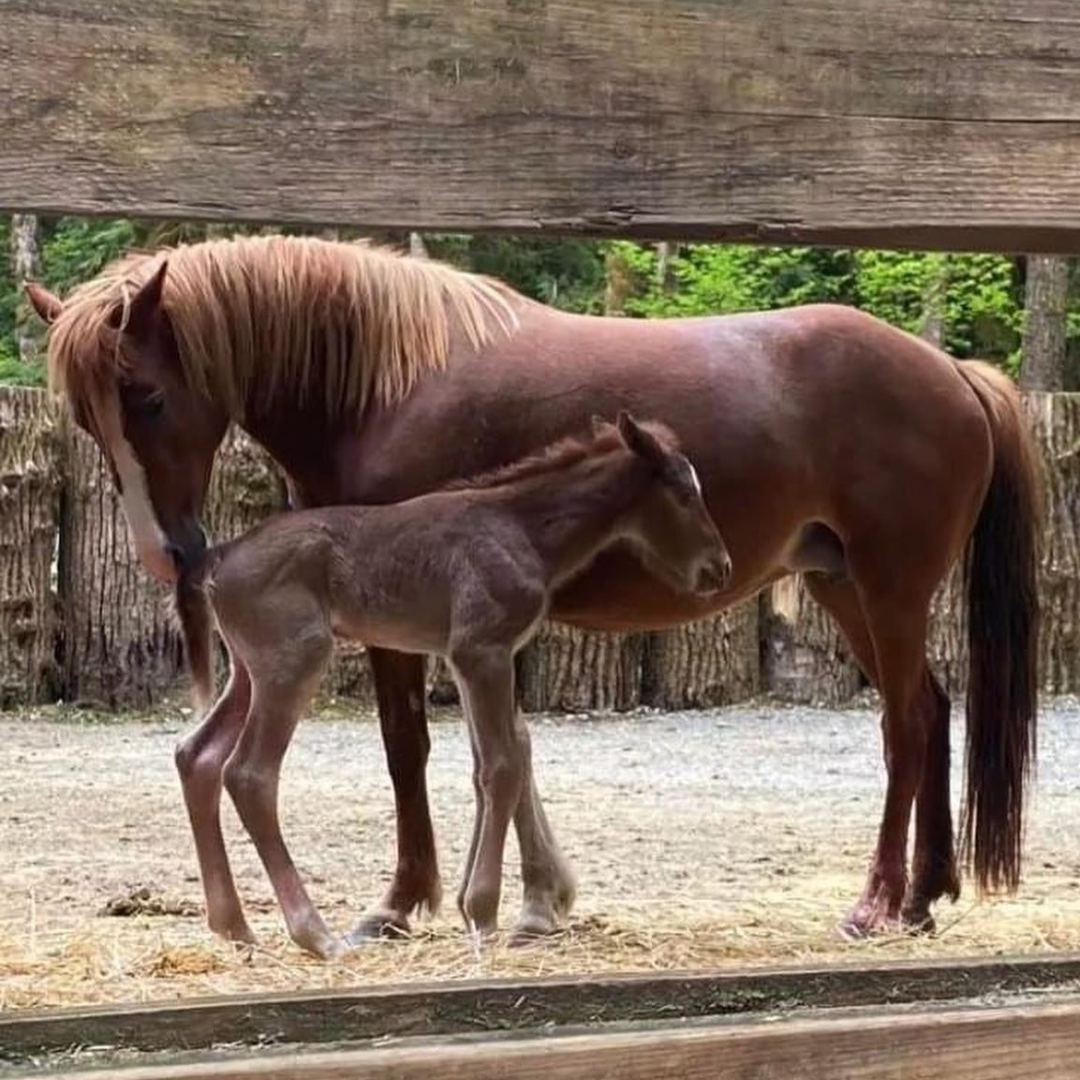
Practices & tools used at the Calgary Stampede
Photo: Jo-Anne McArthur \ We Animals Media
The Calgary Stampede uses a number of practices and tools that cause stress, discomfort, and risk of injury to animals.
Bucking Events
- Flank strap/rope: The purpose of a flank strap/rope is to cause discomfort and stress that incites the bull or horse to buck. It triggers the animal’s fear response of bucking, similar to how they would react defensively to an attack from a predator. Just prior to the animal being released from the chute, the flank strap/rope is tightened around their sensitive underbelly.
- Spurs: Spurs are worn on the heel of a rider’s boots and used to grip onto the animal and maintain control, while also causing discomfort that leads to bucking. In bucking events, points are awarded to the rider based on their performance and spurring action. In bareback riding, spurs are swept along the horse’s neck. In saddle bronc riding, the spurs are placed high on the horse’s neck and dragged toward the back of the saddle. In bull riding, higher scores are awarded for kicking the bull with spurs.
- Electric prods: While the Calgary Stampede does not permit the use of electric prods to goad animals in the chute or arena, prods are allowed when loading a bull and in the lead up alleys to the chutes. Shocks may provoke animals into a fear state.
Roping & Wrestling Events
- Chasing & roping: In calf roping and steer wrestling events, animals are goaded in a chute so they burst out at a high speed as the gate opens, while being chased by a rider on horseback. In calf roping, the rider ropes and brings the calf to an abrupt stop. Research shows that calves exhibit visible signs of anxiety, fear and stress during this chase phase.
- Rough handling & restraint: Rough handling and restraint are inherent in both calf roping and steer wrestling events. In calf roping, once the calf has been roped, the rider then lifts the calf, throwing the animal to the ground and tying up three of the legs. In steer wrestling, the rider jumps down from their horse and onto the fleeing steer. The rider grabs the steer’s horns and twists the neck until the steer falls to the ground.
Chuckwagon Event
- Deadliest event at the Calgary Stampede: Almost every year, horses die in the Calgary Stampede’s Rangeland Derby chuckwagon races, known as the “half-mile of hell”. To date, more than 70 horses have died in the races, including six horses in 2019. The deaths are mostly a result of injuries, crashes and heart attacks. In 2022, one horse died after being injured during the chuckwagon race.
- Inherently dangerous structure of event: There is a significant risk of injury and death for horses due to the high speed of the race and close proximity of the horses and the wagons. Previous crashes illustrate this, as it’s common that when one horse is injured or falls, that the entire team of horses are impacted.
Calgary’s vision of the Stampede’s future
A 2022 public poll found that removal of the rodeo and chuckwagon events from the Calgary Stampede program would have virtually no impact on attendance rates and would bring in new crowds.
Rodeo Truth asked Calgarians: What animal-friendly activities would you love at the Stampede?
Take the #SayNoToRodeo pledge to reflect your opposition to the use of animals in rodeo. The number of signatures will be shared in engagement with decision-makers.
Use the template email below to send a message to Calgary City Council and Alberta decision-makers. If you live in Alberta, the message will also be sent to your MLA.
